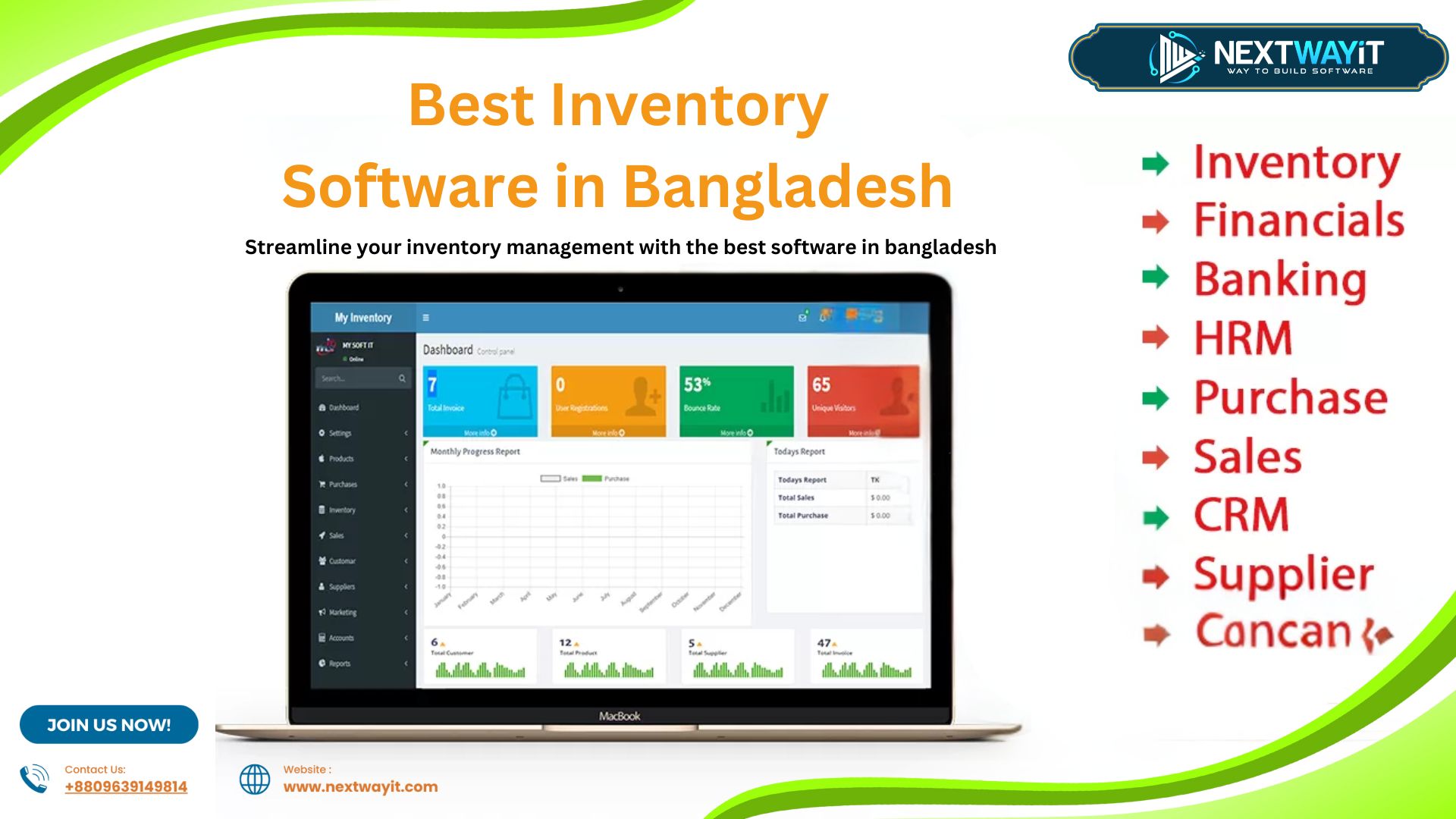
The Ultimate Guide to Choosing the Best Freight Forwarding Software
In this article discuss about Best Freight Forwarding Software. In today’s globalized economy, the logistics industry plays a pivotal role in ensuring the smooth movement of goods across borders. Freight forwarding, a critical component of the supply chain, involves the coordination of shipments between shippers and transportation services, ensuring that goods reach their final destination efficiently and cost-effectively. With the increasing complexity of logistics operations, freight forwarding software has become indispensable for businesses aiming to streamline their processes, reduce costs, and enhance customer satisfaction.
In this comprehensive guide, we will explore the key features, benefits, and considerations when selecting the best freight forwarding software for your business. Whether you’re a small freight forwarder or a large multinational logistics company, this article will help you make an informed decision.
1. Understanding Freight Forwarding Software
Freight forwarding software is a specialized tool designed to manage the intricate processes involved in the shipment of goods. It automates various tasks such as documentation, compliance, tracking, and communication with carriers, shippers, and customs authorities. By centralizing these functions, the software enhances operational efficiency, reduces errors, and provides real-time visibility into the status of shipments.
2. Key Features of Freight Forwarding Software
When evaluating freight forwarding software, it’s crucial to consider the following features that can significantly impact your operations:
- Automated Documentation: The software should automate the generation of essential documents such as bills of lading, invoices, packing lists, and certificates of origin. This reduces manual errors and speeds up the shipping process.
- Compliance Management: Ensuring compliance with international trade regulations is vital for avoiding fines and delays. The software should include features that help you stay compliant with customs regulations, tariffs, and trade agreements.
- Real-Time Tracking: Customers expect real-time visibility into the status of their shipments. The software should provide tracking capabilities that allow you and your customers to monitor the location and status of goods at any time.
- Integration with Carriers and Customs: Seamless integration with carriers, customs brokers, and other stakeholders in the supply chain is essential for efficient communication and coordination.
- Reporting and Analytics: The ability to generate detailed reports and analytics can provide insights into your operations, helping you identify areas for improvement and make data-driven decisions.
- User-Friendly Interface: The software should be intuitive and easy to use, with a user-friendly interface that reduces the learning curve for your team.
3. Benefits of Using Freight Forwarding Software
Implementing the best freight forwarding software can offer numerous benefits to your business:
- Enhanced Efficiency: By automating routine tasks and reducing manual data entry, the software allows your team to focus on more strategic activities, improving overall efficiency.
- Cost Savings: Automation and optimization of shipping routes can lead to significant cost savings by reducing errors, delays, and unnecessary expenses.
- Improved Customer Satisfaction: Real-time tracking and transparency in the shipping process enhance customer satisfaction by providing accurate and timely information about their shipments.
- Scalability: As your business grows, the software should be able to scale with your operations, accommodating an increasing volume of shipments without compromising performance.
- Compliance Assurance: With built-in compliance features, the software helps you navigate the complexities of international trade regulations, reducing the risk of non-compliance penalties.
4. Factors to Consider When Choosing Freight Forwarding Software
Selecting the right freight forwarding software requires careful consideration of several factors:
- Business Size and Volume: Consider the size of your business and the volume of shipments you handle. Smaller businesses may require a more straightforward solution, while larger companies may need a robust, scalable platform.
- Customization and Flexibility: Look for software that can be customized to meet your specific business needs. The ability to adapt the software to your workflows is crucial for maximizing its value.
- Vendor Reputation: Research the reputation of the software provider. Look for reviews, testimonials, and case studies to gauge the experiences of other users.
- Support and Training: Ensure that the vendor offers comprehensive support and training to help your team get the most out of the software. This includes onboarding, troubleshooting, and regular updates.
- Cost: While cost should not be the sole determining factor, it’s essential to consider the total cost of ownership, including licensing fees, implementation costs, and ongoing maintenance.
5. Top Freight Forwarding Software Options
Here are some of the top freight forwarding software options available in the market today:
- CargoWise: A leading logistics platform that offers end-to-end solutions for freight forwarding, customs clearance, and transportation management. CargoWise is known for its robust features, scalability, and global reach.
- FreightPOP: A user-friendly platform designed for small to mid-sized businesses. FreightPOP offers features such as rate shopping, shipment tracking, and integration with major carriers.
- Magaya: Magaya provides a comprehensive suite of logistics software, including freight forwarding, warehouse management, and supply chain management. It is suitable for businesses of all sizes.
- Cargowise: A powerful platform designed for large-scale logistics operations. Cargowise offers advanced features such as global compliance, multi-modal transport management, and real-time visibility.
- Shipthis: A cloud-based solution that offers a range of features for freight forwarding, including CRM, invoicing, and reporting. Shipthis is ideal for businesses looking for a scalable and flexible platform.
6. The Future of Freight Forwarding Software
The freight forwarding industry is evolving rapidly, with technological advancements driving significant changes. In the future, we can expect to see even more sophisticated software solutions that leverage artificial intelligence (AI), machine learning, and blockchain technology to further enhance efficiency, transparency, and security.
AI-powered algorithms will optimize shipping routes, predict demand, and automate decision-making processes, while blockchain will provide a secure and immutable record of transactions, reducing the risk of fraud and enhancing trust among stakeholders.
7. Conclusion: Making the Right Choice
Choosing the best freight forwarding software is a critical decision that can have a profound impact on your business. By carefully considering the features, benefits, and factors outlined in this guide, you can make an informed decision that aligns with your business goals and helps you stay competitive in the ever-changing logistics landscape.
8. Call to Action
If you’re ready to take your freight forwarding operations to the next level, explore the options available and choose the software that best fits your needs. Investing in the right technology today can set the foundation for long-term success and growth in the logistics industry.



